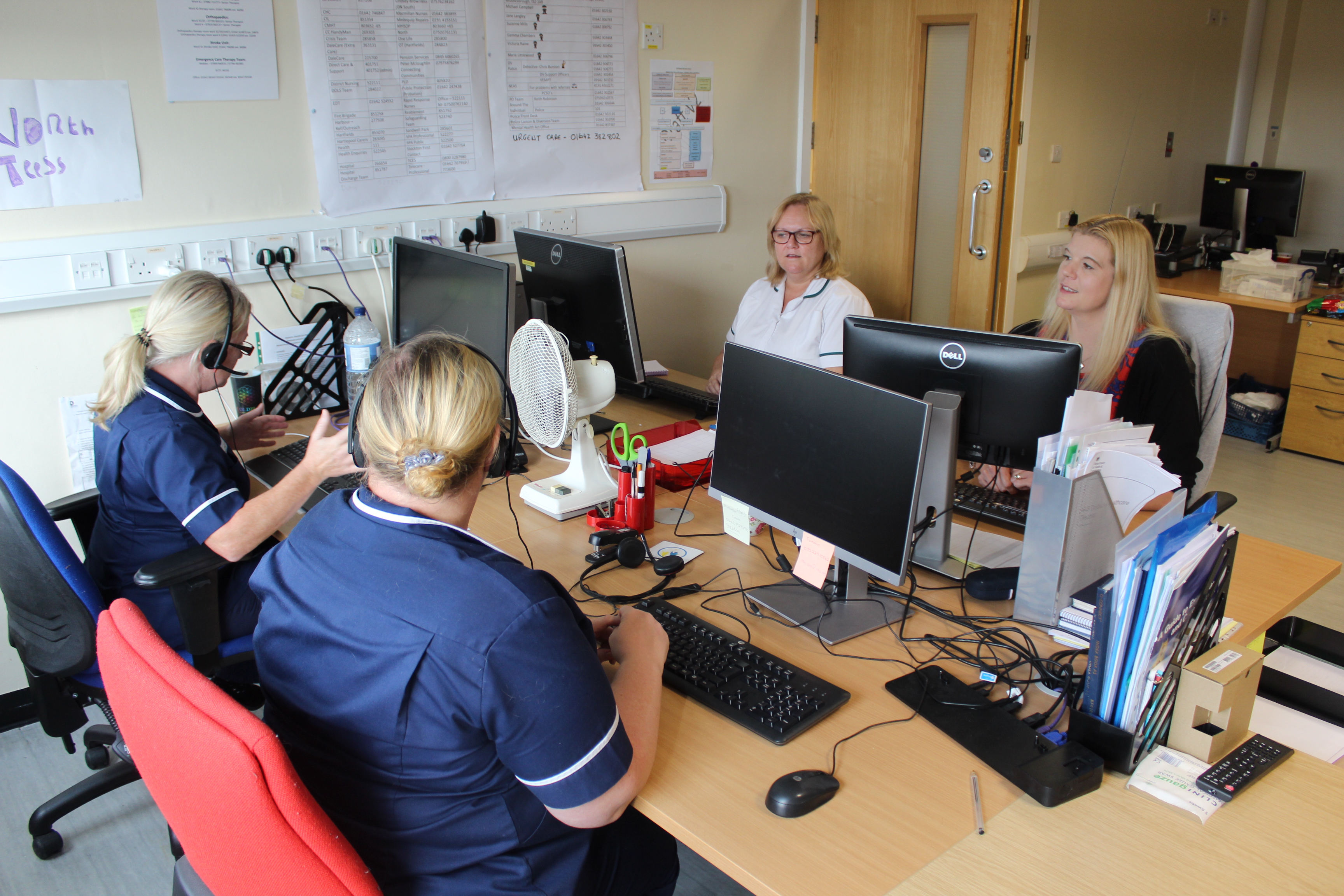
Dr Deepak Dwarakanath
medical director and deputy chief executive
North Tees and Hartlepool NHS Foundation Trust
Background
North Tees and Hartlepool NHS Foundation Trust covers a population of 400,000 people across Hartlepool, Stockton-on-Tees (where the main hospital is based) and parts of County Durham. The health needs of the local population are diverse with some of the most deprived areas and some of the most affluent within the locality. It employs around 5,500 staff in hospital and community services. Its 2018 CQC inspection raised it from ‘requires improvement’ to ‘good’.
The inspectors said that the leadership team were experienced, knowledgeable and visible. “There was a clear statement of vision and values, driven by quality and sustainability,” the inspectors noted.
Patients first
Dr Deepak Dwarakanath, medical director and deputy chief executive, says the first CQC report concentrated minds.
“We realised we needed to focus on the individual patients, not just on getting a CQC excellent rating,” he said.
Getting that message across to staff involved focus groups, talking to patients and their families, and using the CQC ‘lines of inquiry’ reports as prompts for discussions about improving care.
“The staff really do want to put patients first, it’s part of the culture of the trust,” says Deepak.
But the move to make improvements was set against financial difficulties. At the time of the CQC inspection, the trust had a financial forecast deficit of £11.9m and projected to be an additional £1.5m in deficit each month to the end of the financial year. It is expected to break even this year (2019/20).
“One of the important things was, in a financially pressured environment, that the trust didn’t just base its decision making on the available,” he says. “Sometimes you need to invest to improve the quality of care.”
One issue the board wanted to address was the number of frail patients coming into hospital whose needs could be met elsewhere. “Coming into hospital should be the last resort, with as much care as possible delivered outside the hospital,” says Deepak. “If you can manage patients in their own environment that’s a much better model.”

A year ago, the trust set up a frailty team which has led to a significant reduction in admissions. It has also overhauled and streamlined its integrated health and social care approach into an integrated single point of access (ISPA) to both services. This too has helped reduce the number of hospital referrals and length of stay.
An analysis shows a significant drop in the delays patients experience when they are transferred from hospital to the community. These delays had peaked at more than 1000 days in October 2016, but were down to 200 days in October 2018.
Between April 2018 and February 2019 the number of patients needing a decision support tool while in acute care fell from 41% to 12% because more were being assessed in the community. Additionally, the time spent waiting to be seen for community rehabilitation fell from five weeks to two in Hartlepool, from the first quarter of 2018 to the first quarter of 2019.
All together now
The ISPA means anyone needing care contacts one single, centralised team that brings together all services including outpatients, social care and occupational therapy. Introduced in April 2018, the approach aims to manage patient flow through the system. It came about following discussions with community nurses, social workers and therapy staff. They were asked to look at every single person coming through their door, to see how they might deal with them more efficiently.
If you can manage patients in their own environment that’s a much better model.
medical director and deputy chief executive
“We gave those staff the ability to challenge the way we do things,” says Bob Warnock, senior clinical professional and a physiotherapist by background.
Their approach was shaped after taking part in a 100-day Nesta Challenge, a national initiative to improve patient care. It was matched by support from the board. Rather than just put all the teams in one place, for the trust has introduced a fully integrated system where all staff – community nurse, therapists, social workers – have access to the same information.
Bob adds: “This way we don’t have the patient telling their story multiple times. Instead we can fill in the most appropriate support, based on previous involvement, and their current need.”
“We are quite innovative as a service overall and have already done a lot to make things as efficient as possible. But when demand is doubling it’s always going to be difficult to manage that.
“We had to look at the duplication across the system and coming up with a completely different model. We realised the people at the frontline are our experts,” he says.
“We already had a single point of access with the local authority,” says Lynn Morgan, senior clinical matron. “But they were dealing very separately with referrals into health and social care. This means our community-based nurses get to see the most appropriate patients in a timely manner.”
“It really is about working in a completely different way and ISPA allows that to happen.”

